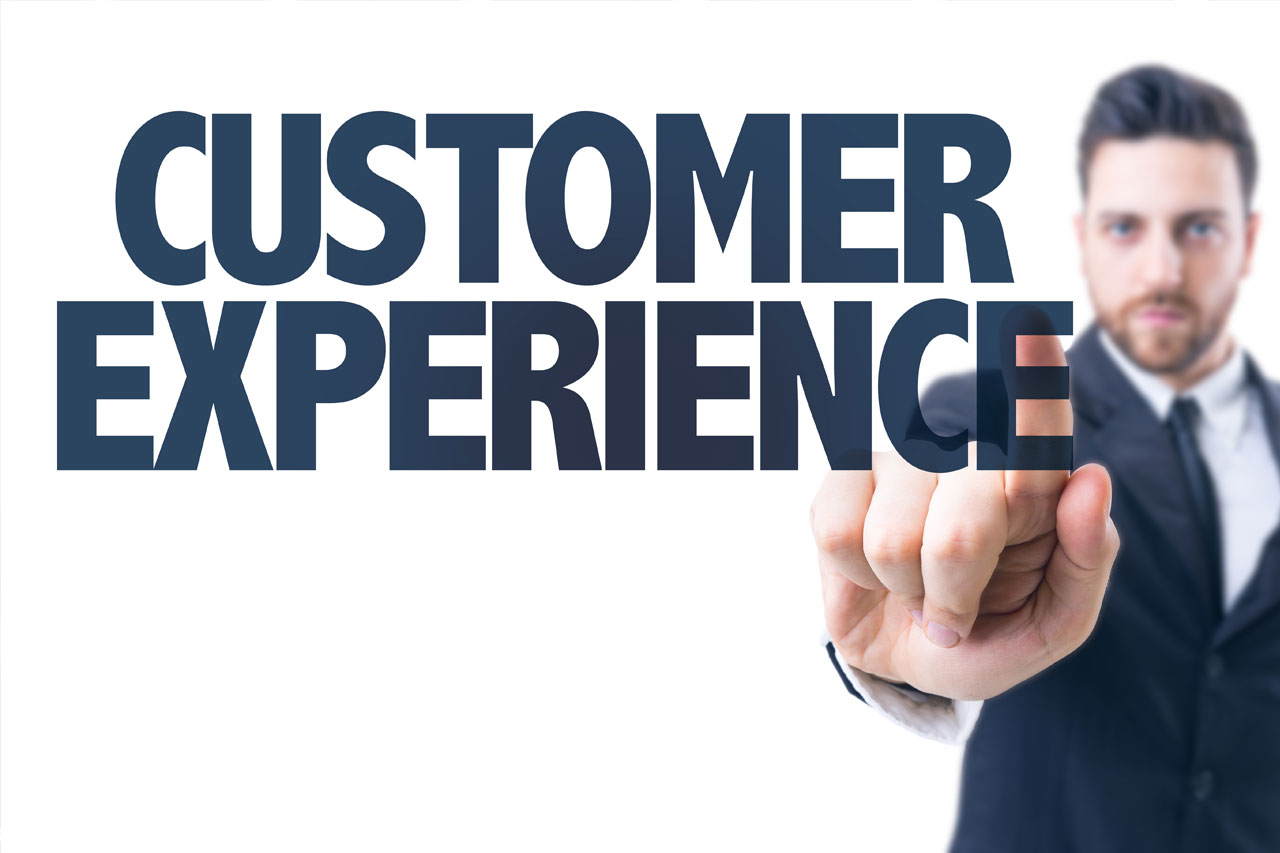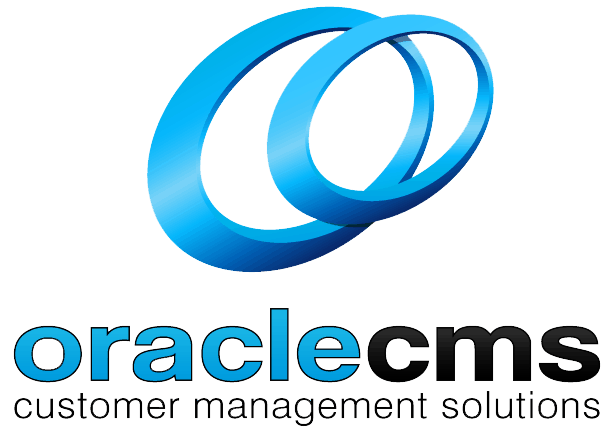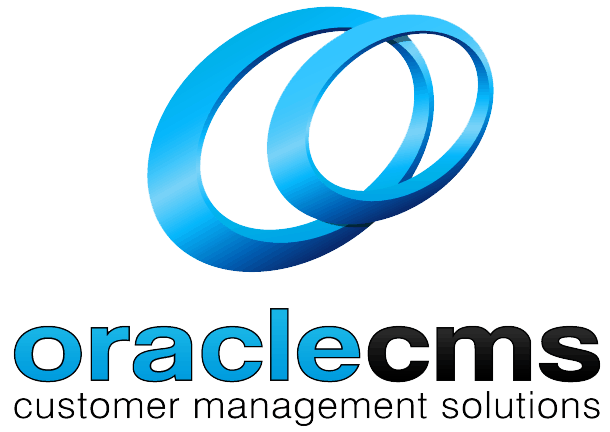
What is Customer Experience Management?
Customer experience and satisfaction have always been a cornerstone of business. If you aren’t appealing to your customers and giving them what they want then they may not buy from you the first time, and they surely won’t come back for a second. With the introduction of new technologies and more and more data becoming available, it is now easier than ever to find information about your customers, their experiences, and satisfaction levels.
Here we will look at Customer Experience Management (CEM or CXM) as it compares to Customer Relationship Management (CRM), and why you should be placing your focus here. Along with a few tips and strategies to help you get going, it is necessary to understand why CEM is so important for your business today and look forward.
What is CXM?
Customer Experience Management is the name we give to the strategies, systems, and technologies we use to focus on customer engagement, insights, and experience. The goal is to truly not only pay attention to how customers feel and interact with your business but to adapt and change how you interact with them to improve the relationship both in the short and longer terms.
There are many upsides to giving your customers a better experience which we will look at later, including instilling brand loyalty, increasing satisfaction, and even gaining an advocate for others. CXM places the customer firmly at the centre of your business and uses both technology and marketing strategies to do so.
What is the difference between Customer Experience Management and Customer Relationship Management?
Customer Relationship Management (CRM) can, at first glimpse, seem very similar to CXM. It too is focused on optimising customer relations, how you interact with clients, and the processes and technology you can use to improve on this. There are, however, some key differences that set them apart:
- Perspective – CRM shows how your business sees its customers. CXM, on the other hand, looks at how your customers see you. This is a key difference, as instead of telling the customer how they should see you and your brand, you can see how they already view you, and how you can capitalise on or alter that opinion.
- Focus – CRM works to facilitate relationship building, while CXM monitors and improves the relationship between the customer and your business. CRM typically looks to drive profitability through operational business improvements, while CXM looks to customer engagement to drive that same profitability.
- Method – CRM usually involves upgrading and integrating systems to work on bettering customer service, while CXM uses AI and personalised data knowledge to directly impact the customer experience on the ground and at all times.
While there are more differences, an easy way to think about the two types is that yes, there is a fair amount of crossover, but CXM isn’t simply a newer and better version of CRM. You will often need a combination of both to fully gain the levels of customer satisfaction you want to ensure profitability and loyalty to your brand.
Why is Customer Experience Management important for your Business?
As hinted at, there are many reasons why Customer Experience Management is crucial to the success of your business. Not having the right focus on customer satisfaction and experience can also be seriously detrimental to your business. People remember their bad experiences and are far more likely to tell lots more people than if they had a good experience.
If you do a good job with your CXM and ensure a positive customer experience with your brand several key benefits make it worthwhile:
- Brand Loyalty – customers who have had a good experience with your company are far more likely to go with you again. Many find that once they have found a product or service that they are happy with, they are unwilling or less likely to move to a competitor.
- Save on finding new customers – securing brand loyalty from a client is good not only because it shows they are satisfied, but you are also likely to make more money from returning customers that already like your brand than you are a new customer. Instead of spending time and resources reaching out to new and untapped customers, give the ones you have the right level of engagement and satisfaction and you will reap the rewards without the same costs.
- Brand Endorsement – now you have repeat and brand loyal customers, they can make the best advocates for your company. Again people are more likely to listen to customer recommendations, especially those of people they know and like than to respond to ads and marketing campaigns.
- Achieve a better understanding of your customers – by gaining a more personalised view through every touch point, you can create an individualised approach that will lead to more conversions and even a better idea of the products and campaigns that will appeal in the future.
- Measure yourself against competitors – by collecting data and analysing how customers see you, you can see where you compare favourably or unfavourably to your competition and how you can nudge that comparison more towards the favourable.
- Measure your success – by gathering and comparing the much larger selection of data that is involved in CXM, you can see more easily the impact of your efforts, campaigns, and engagement initiatives to see how successful they are.
- Boost revenue – from instilling brand loyalty and repeat custom through carefully cultivated relationships, to new customers through advocacy and word of mouth, to more conversions from more successful marketing strategies, CXM will both earn and save you money in the short and long term.
There are so many reasons why Customer Experience Management is important, and ways that it can help your business today. Putting your customers at the very centre of your business, and seeing things from their perspective as well as your own, can help you get more conversions as well as keep and improve the relationships you already have. Consider how it could impact your business today.
How to get started
When building your customer experience strategy, you need to remember that a full view of customers and up-to-date information on their accounts is key. There are several steps you can take to get to this stage and build a good and sustaining relationship that benefits you both.
1. Understand your customer
This may sound quite generalised, but specifically, you need to create, and maintain at all times, complete and accurate customer profiles. To target, interact with, and appeal to your customers you need to know them. The better you know them, the more specific and personalised your offers and approaches can be and the stronger your relationship will grow.
In the past classic demographics like age, sex, nationality and so on, as well as an accounting of their transactions and other available data, created much of this profile. Today there is so much more data available, from geolocation to social media, and it is all there for you to see if you have the right inclination and tools for the job.
When you add the historic and newer sets of data together you can build accurate profiles that give you a much greater understanding of your customers, what they want, and how you can improve their experience.
2. Personalise their experience
Once you have a better understanding of your customers and how they will react and interact at each touchpoint, it is time to connect with your customers. Creating a brand personality that connects with how your customers think and feel will help to establish and build on a relationship. By personalising every interaction you will win loyalty and advocacy from your customers, while if they feel like you aren’t speaking to them, you can instantly lose that budding relationship and the sales that could have come with it.
Focus not only on the customer themselves but also on the context they operate in using the new sources and types of data at your disposal. People want to receive offers and insights relevant to them and can become disinterested or even angry if you get it wrong. Sending an inappropriate ad or simply a poorly timed message can cause harm, so let your data guide you and make it as specific and personal as you can.
3. Capture feedback in real-time
You must capture your customer feedback, their reactions to you and how successful your methods have been, as quickly as possible. By measuring the feedback at all times you can quickly find out how your Customer Experience Strategy is working, what needs to be altered, and what should be built upon.
As your customer goes through each stage of the process, from seeing and considering a product to buying it and their impressions afterwards, each of these touchpoints is a chance to see what their experience is. You will therefore have lots of opportunities to think about improving it, and then feed this knowledge and data back into your process so you have it to hand at a later date.
You need a strong CXM team to implement and keep on top of your strategy and processes, with leaders that believe in the importance of what you are doing and know where to focus their attention. Customer Experience Management is a continuously changing and evolving process that needs upkeep, maintenance, and development over time.
Potential Problems
With every new strategy and process, there are potential pitfalls that can cause problems from the off-set, or during the implementation. Many common mistakes or issues beset companies and prevent them from providing the best customer experience:
- Lack of data – you cannot accurately get to know and understand your customers if you don’t have enough information. A smaller data set can give you some details but you could be missing out on a huge piece of knowledge about how they feel about certain things, or why they are not satisfied. You can’t solve a customer’s issue if you don’t even know it exists, so try and get as much data as you can.
- Lack of availability on all channels – if your customers cannot reach you and explain or communicate their experiences then again, you won’t know about it. Further, a customer who cannot reach you on their preferred channel and thinks you aren’t listening or interacting back will be more likely to leave and not come back. Brand loyalty is important and you don’t want to lose it because of a slip in support on social media or elsewhere.
- Only looking at the numbers – by ignoring the longer and more detailed feedback given y customers who have written out their experiences instead of simply giving a number rating or similar, you could be missing out. Not only will you miss crucial information that could improve the customer’s experience, but the suggestions offered can be invaluable for formulating new ideas and insights as well.
- Lack of internal communication – it is not enough to have the right processes in place if your CXM team cannot properly communicate amongst themselves and the rest of the company. You need to let the other departments and managers know why you want to implement certain strategies and what the impact will be. Understanding throughout the business is the only way to fully succeed in improving your customer experience and seeing the benefits that you will reap.
There are many types of software and technologies that can help you with your Customer Experience Management. Keep in mind the focus of making your customer experience the centre of your business, understanding them, and using this knowledge to make personalised and targeted approaches to build a sustaining relationship.
The benefits to good CXM are manifold, from creating brand loyalty, to brand advocates, and gaining more revenue from repeat customers, while saving money on broader marketing schemes looking for new ones. Put together a good team, focus step by step on understanding and relating to your customers and see how quickly your customer satisfaction levels, and profits, improve.


